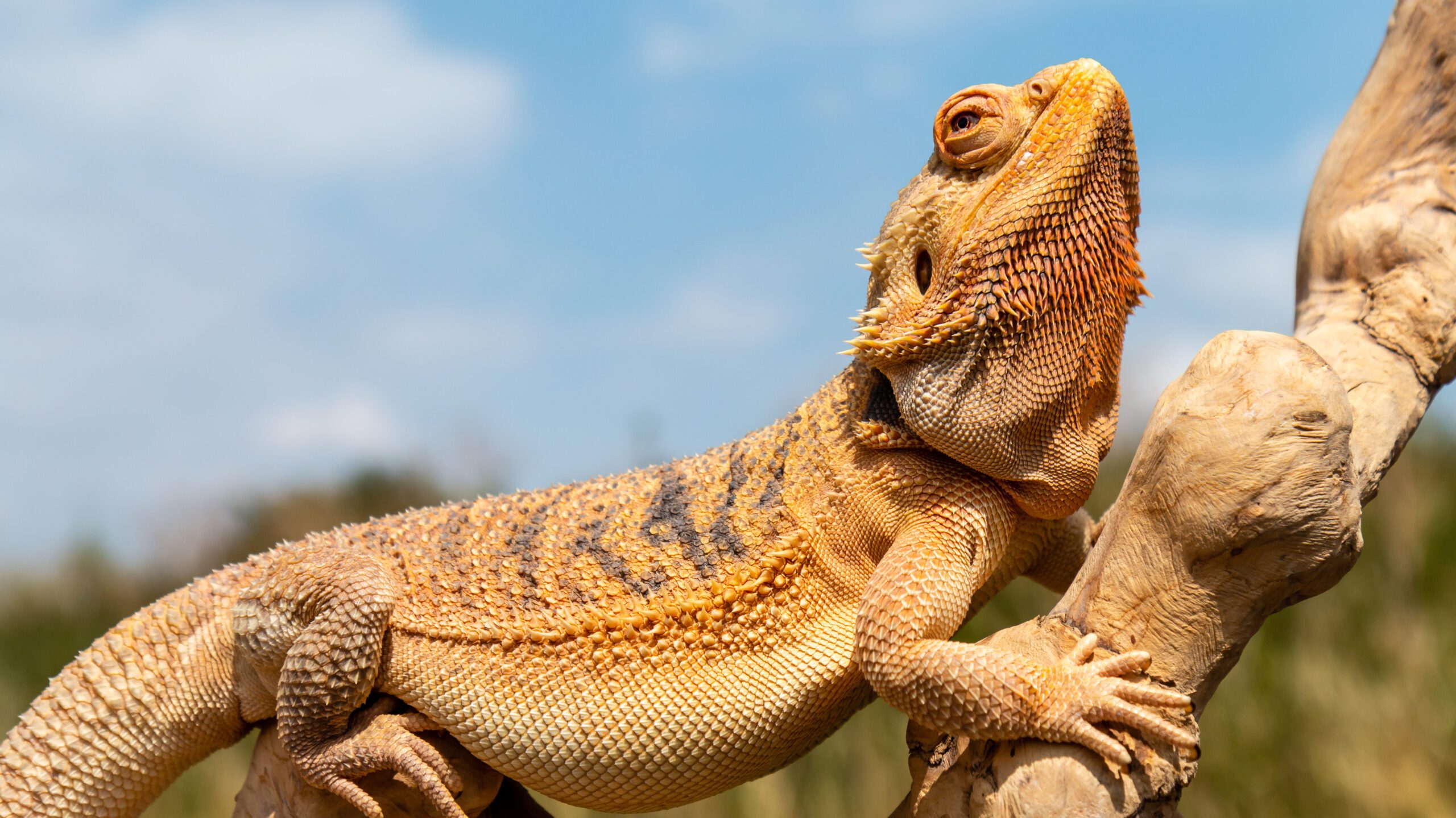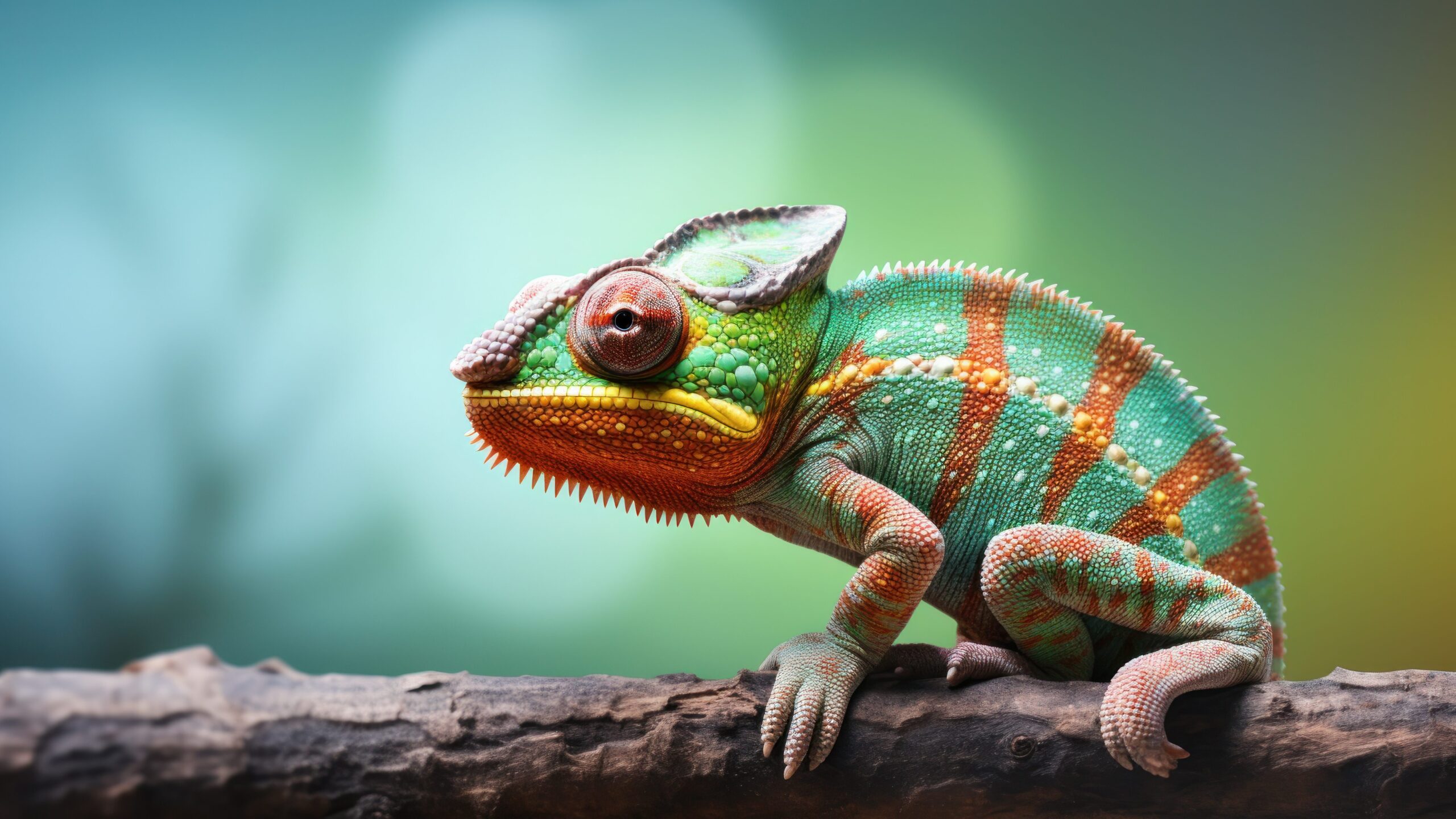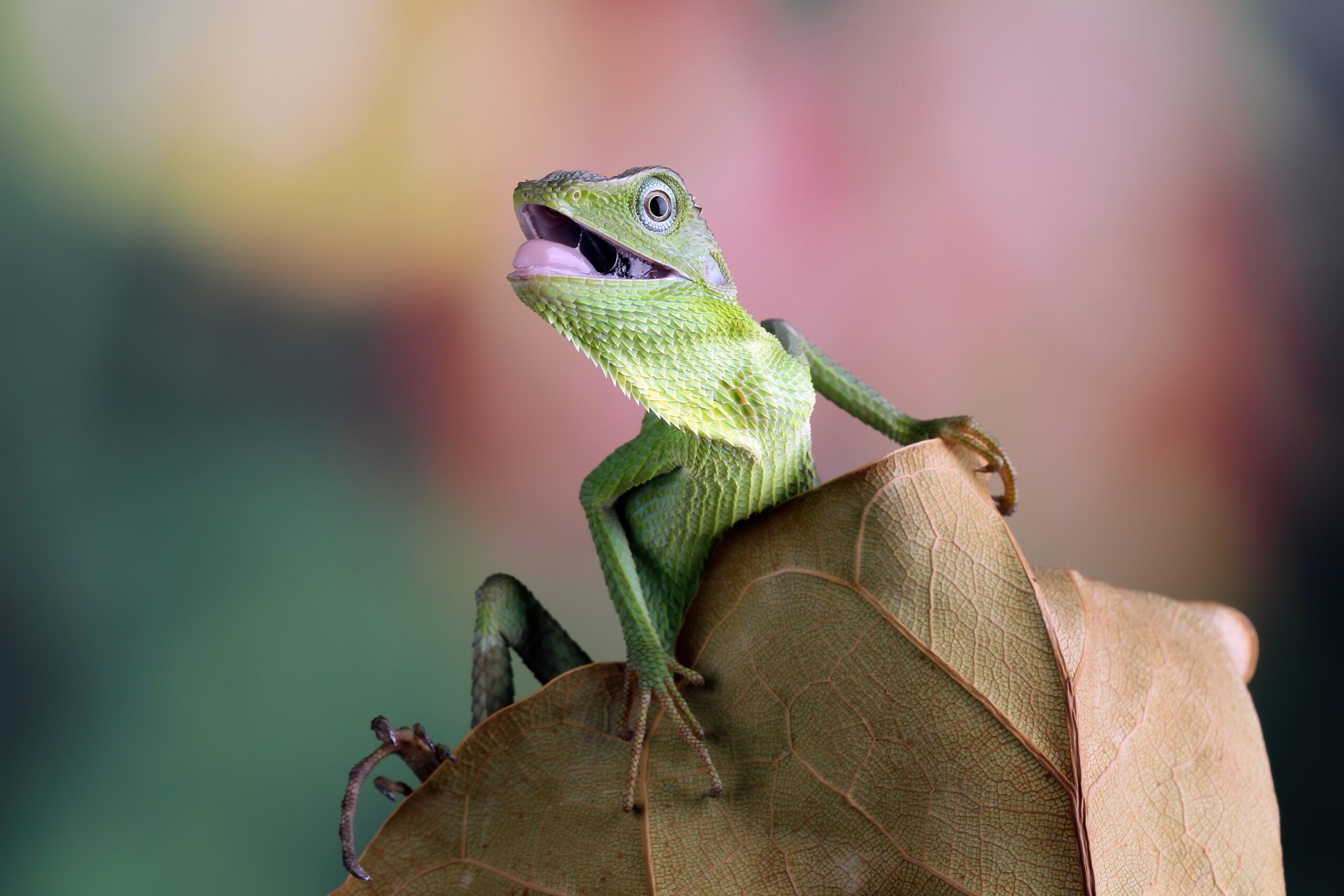Lizards are some of the most intriguing creatures on our planet. With their diverse adaptations, behaviors, and appearances, these reptiles have captured the curiosity of people worldwide. In this blog, we’ll explore the top 10 most interesting lizard facts, shedding light on their unique characteristics and their crucial role in the ecosystem.
Fact 1: Lizard Diversity
Lizards are a remarkably diverse group of reptiles. There are over 6,000 known species of lizards, and they inhabit almost every continent. From the geckos of Madagascar to the iguanas of the Galápagos Islands, each species has evolved unique traits to thrive in their specific environments.
Fact 2: Lizard Size Extremes
Lizards come in all sizes, from the tiny dwarf gecko, which can fit on the tip of your finger, to the massive Komodo dragon, which can reach lengths of up to 10 feet. The diversity in size among lizard species is truly astounding.
Fact 3: Lizards Can Regrow Their Tails
One of the most remarkable abilities of lizards is their capacity to regrow lost body parts. Many lizard species can regenerate their tails if they break off due to predation or other injuries. This remarkable feat helps them survive and thrive in the wild.
Fact 4: Colorful Chameleons
Chameleons are famous for their incredible ability to change color. Contrary to popular belief, they don’t change color to match their surroundings but rather use it as a form of communication. Chameleons can display various colors to signal their mood, assert dominance, or attract a mate.

Fact 5: Unique Eyesight
Lizards have some of the most interesting and unique eyes in the animal kingdom. Many lizards have a specialized eye structure, which allows them to see ultraviolet light. This extraordinary adaptation helps them perceive the world in ways that humans cannot.
Fact 6: Lizards as Insect Control
Lizards are essential in controlling insect populations. Many species are insectivores, and they play a vital role in maintaining ecological balance by keeping insect numbers in check. This natural pest control benefits both ecosystems and agriculture.
Fact 7: The Fastest Lizards
Some lizards are incredibly fast runners. For instance, the common collared lizard, native to North America, can reach speeds of up to 16 miles per hour. Their agility and speed make them efficient predators and help them escape from potential threats.
Fact 8: Fringed-Toed Lizards and Sand Dunes
Fringed-toed lizards, found in desert regions, have evolved a unique adaptation for life in the sand dunes. They have specialized scales on their toes that act like snowshoes, allowing them to run effortlessly across loose desert sands without sinking.

Fact 9: Parthenogenesis in Lizards
Parthenogenesis is a form of asexual reproduction where females can produce offspring without mating with a male. Some lizard species, like the New Mexico whiptail, can reproduce through parthenogenesis. This extraordinary ability allows these lizards to thrive in environments with limited male presence.
Fact 10: Ancient Lizards
Lizards have a long evolutionary history, dating back to the time of dinosaurs. In fact, some lizard species, like the tuatara of New Zealand, are often referred to as “living fossils” because they have remained relatively unchanged for millions of years.
The Importance of Lizards in Ecosystems
Lizards are not just interesting; they are ecologically significant. Here’s why these reptiles are vital for the health of ecosystems:
Pest Control
As mentioned earlier, many lizards are insectivores. They help control insect populations, which can become pests in agriculture and transmit diseases. By preying on insects, lizards contribute to maintaining a balanced ecosystem.
Seed Dispersal
Some lizards are herbivores and consume fruits. When they ingest fruits and seeds, they aid in the dispersal of seeds across their habitats. This helps with plant propagation and biodiversity.
Prey and Predators
Lizards occupy various trophic levels in food webs. They are prey for a wide range of animals, from birds to snakes, while also acting as predators themselves. Their presence helps maintain the delicate balance of nature.
Indicator Species
Lizards can serve as indicators of environmental health. Changes in lizard populations can signal broader issues within an ecosystem, making them valuable for conservation efforts.

Lizards in Human Culture
Lizards have left their mark on human culture in many ways. Here are a few examples:
Symbolism
In various cultures, lizards symbolize different qualities and characteristics. In some Native American tribes, lizards are seen as symbols of dreams and dream interpretation. For other cultures, lizards represent transformation and adaptability due to their ability to shed their tails and change color.
Mythology
Lizards appear in the mythologies of different civilizations. In Hinduism, the gecko is associated with good luck and protection from harmful spirits. In ancient Mayan culture, the lizard was considered a symbol of creation and renewal.
Modern Interpretations
Lizards often appear in literature, art, and popular culture. They’re featured in children’s books, cartoons, and movies, capturing the imagination of people of all ages.
The Conservation of Lizards
Many lizard species are facing threats due to habitat loss, climate change, and the illegal pet trade. To ensure their survival and protect their ecological roles, conservation efforts are essential. Here’s how you can help:
- Support Conservation Organizations: Many organizations work to protect lizard species and their habitats. Donating to or volunteering with these organizations can make a difference.
- Responsible Pet Ownership: If you’re interested in keeping lizards as pets, research the species and ensure you provide proper care. Avoid purchasing wild-caught animals, as it contributes to the decline of their populations.
- Advocate for Habitat Preservation: Support policies and initiatives that protect natural habitats, as this is vital for the survival of many lizard species.
- Educate Others: Spread awareness about the importance of lizards in ecosystems and their conservation needs. Encourage others to appreciate these fascinating reptiles.
In Conclusion
Lizards are remarkable creatures that have captivated humans for centuries. Their diverse adaptations, behaviors, and ecological roles make them a subject of fascination and admiration. By sharing these top 10 interesting facts about lizards, we hope to not only pique your curiosity but also raise awareness about their importance in our world. Whether they’re changing color, regenerating tails, or racing through the desert sands, lizards continue to leave their mark on the natural world and in human culture.
The more we understand and appreciate these creatures, the better equipped we are to protect and conserve them, ensuring that lizards continue to thrive in their diverse habitats and contribute to the health of our planet. So, the next time you





